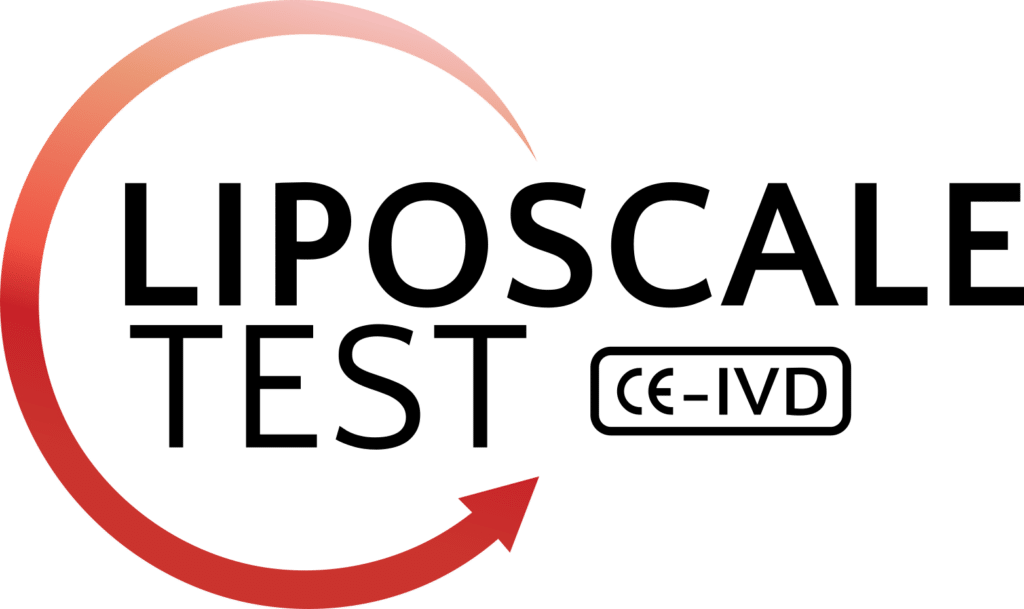Background and Aims : Nuclear magnetic resonance (1H-NMR) analysis have recently used to uncover hidden quantitative lipoprotein characteristics in cardiometabolic scenarios. The aim of this study was to assess whether bariatric surgery (BS) improved the quantitative characteristics of lipoproteins and their relationship with the presence of atherosclerotic plaque.
Methods: The number, size, and lipid content of different lipoprotein classes of 37 subjects with morbid obesity were analyzed by 1H-NMR at baseline and after one-year of BS, and in 111 non-obese volunteers.
Results: At baseline, TG, cholesterol content and number of VLDL were increased in the subjects with morbid obesity. Additionally, the concentrations of cholesterol, TG and number of LDL particles were significantly higher in those patients withobesity and atherosclerotic plaque. Conversely, subjects with obesity had lower number of HDL particles and had much less TG. The subjects with atherosclerotic plaque presented increased concentrations of smaller LDL and lower medium HDL particles compared with those without plaque. BS did not influence the presence of atherosclerotic plaque. However, the TG, cholesterol content and number of VLDL particles were reduced at follow-up. Moreover, the TG content, but not cholesterol, of LDL was significantly decreased, as it was the number of LDL particles, in postoperated subjects. Finally, the TG, cholesterol content and the number of HDL particles were increased after BS.
Conclusions: Excess weight loss improved the atherogenicity of the lipoprotein profile. The number of small LDL and medium HDL particles might provide an approach in subclinical atherosclerosis detection and management.


